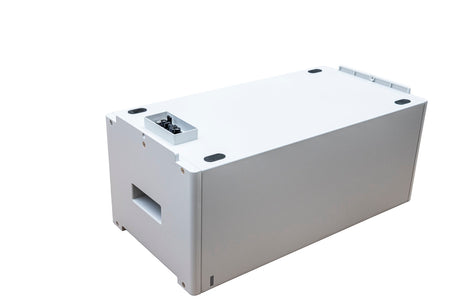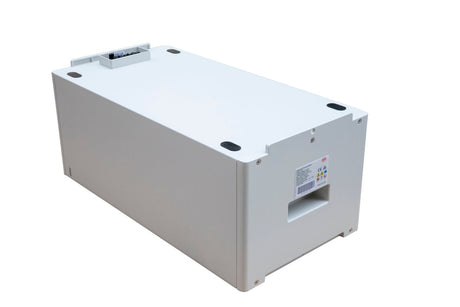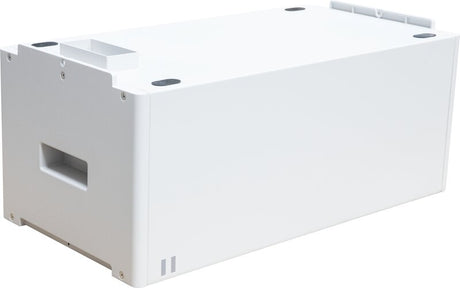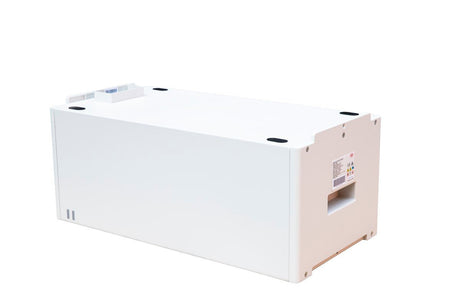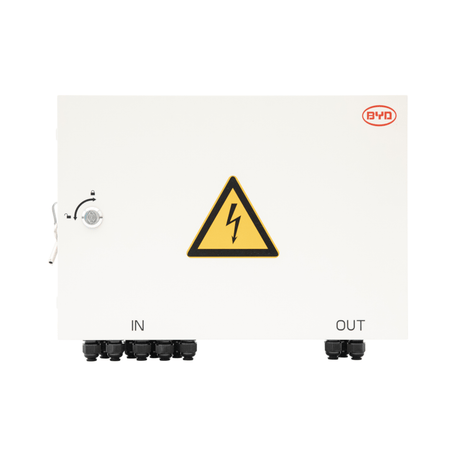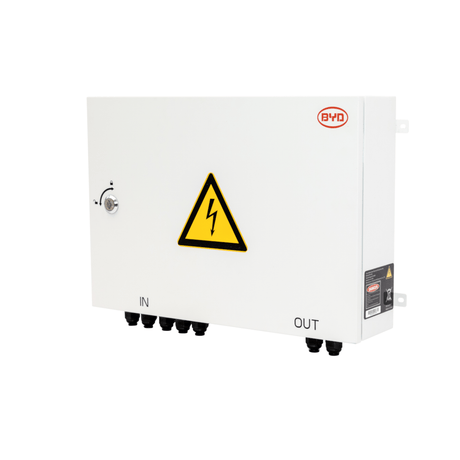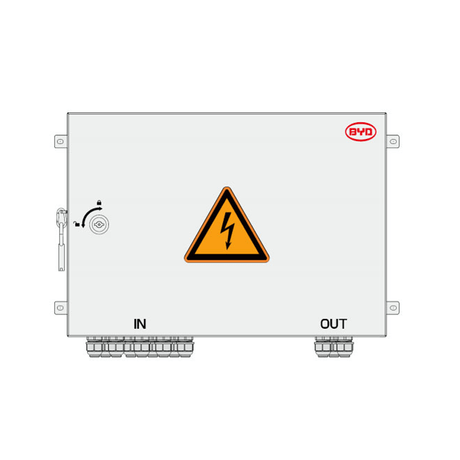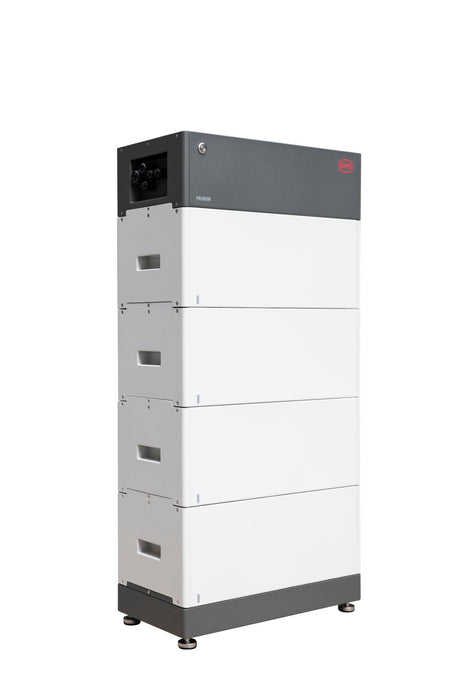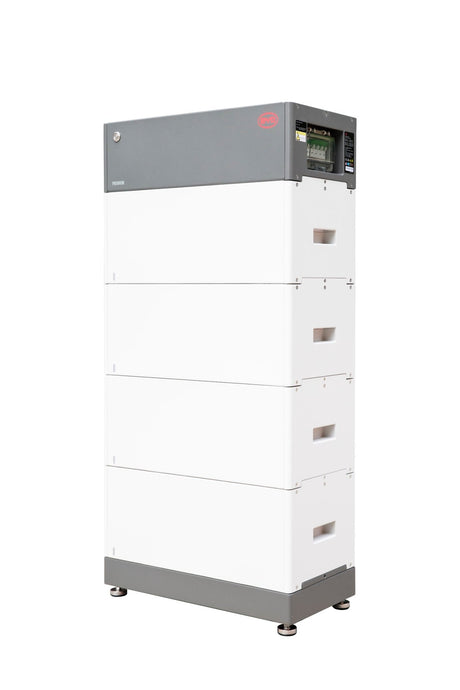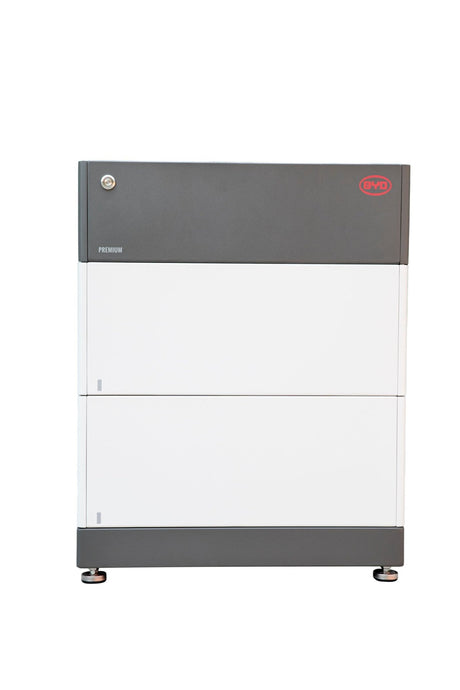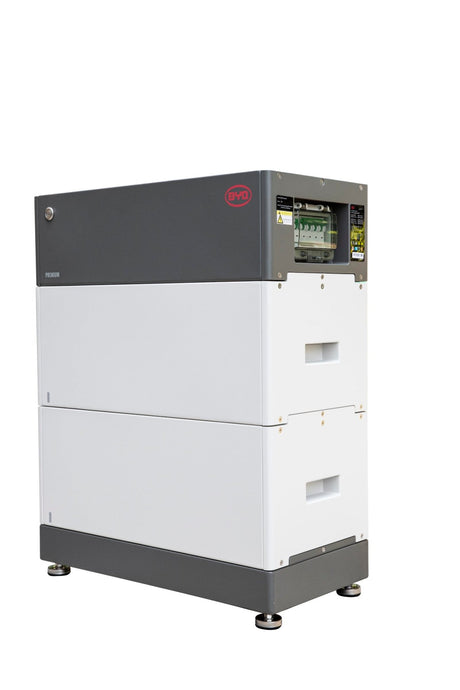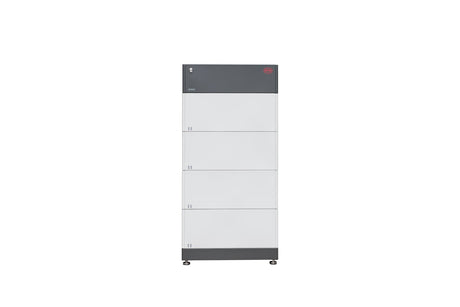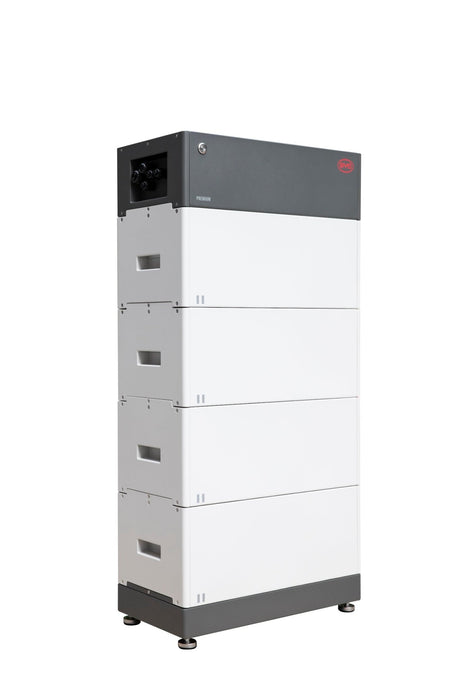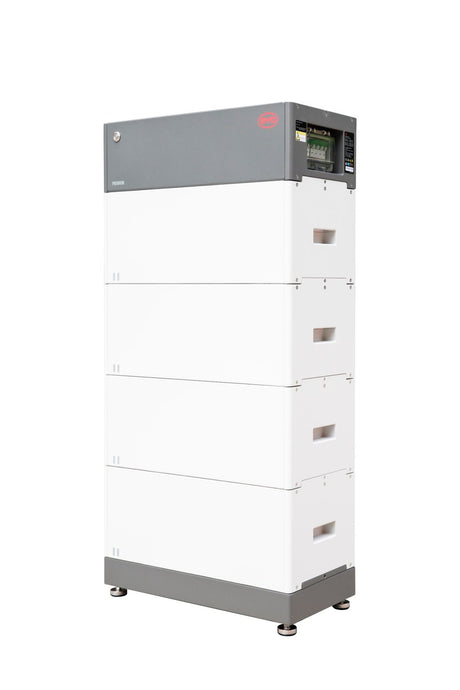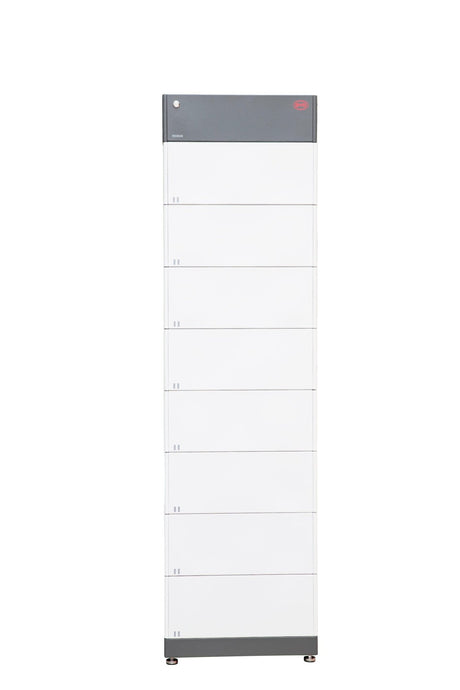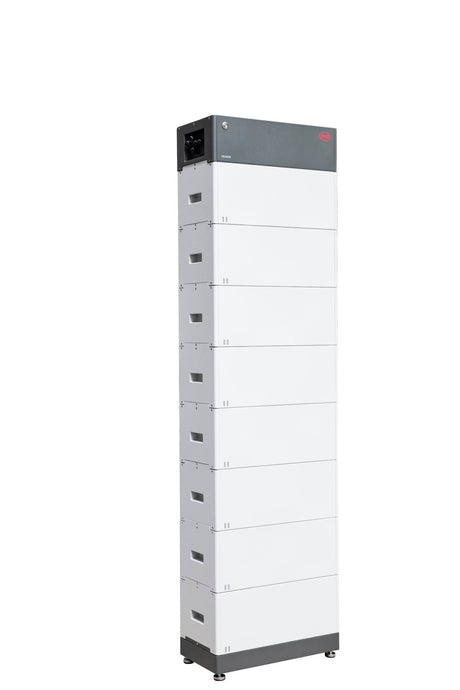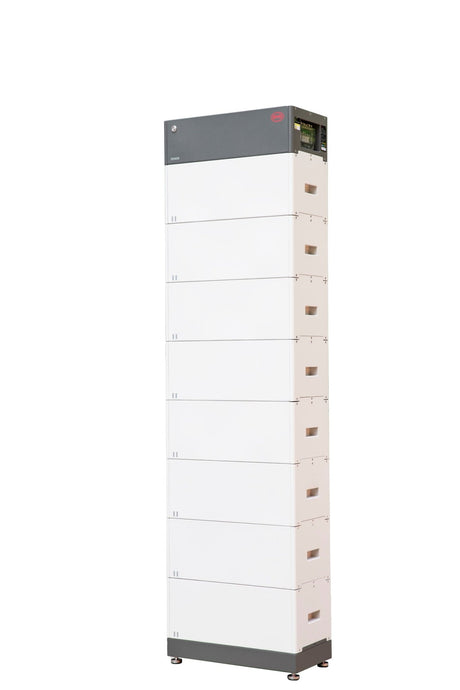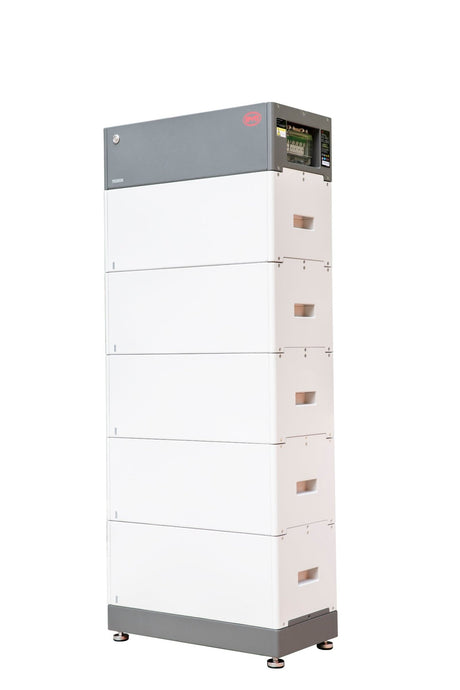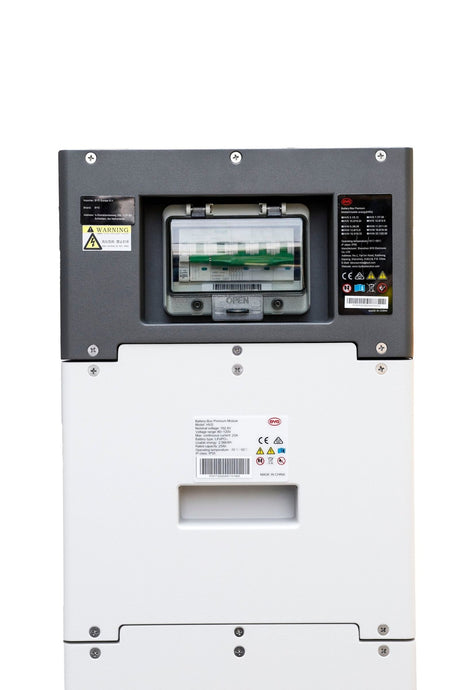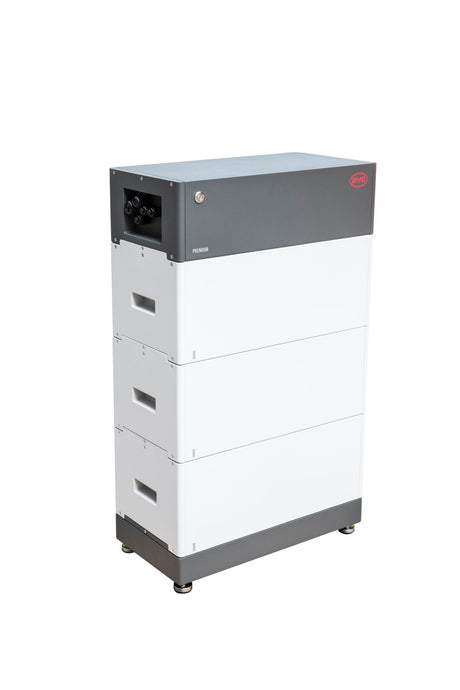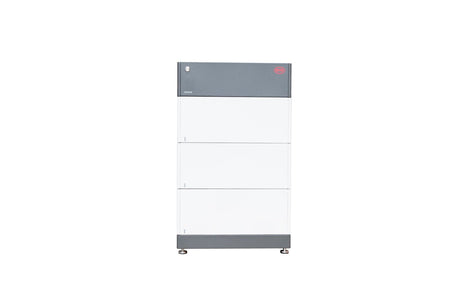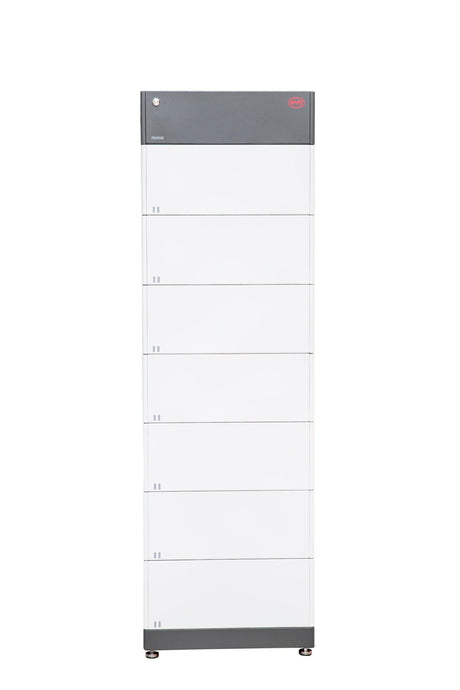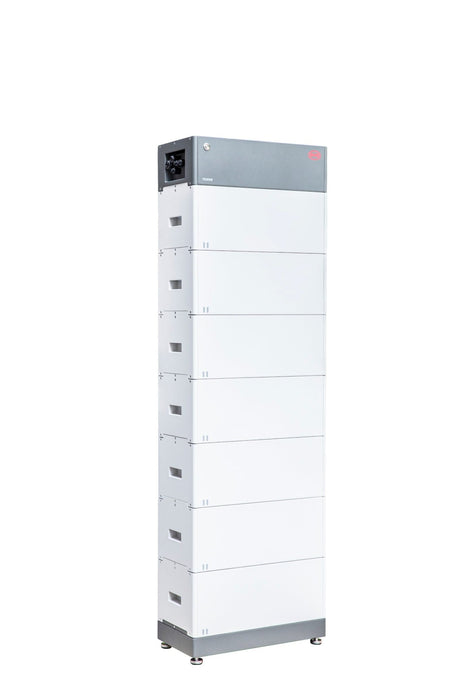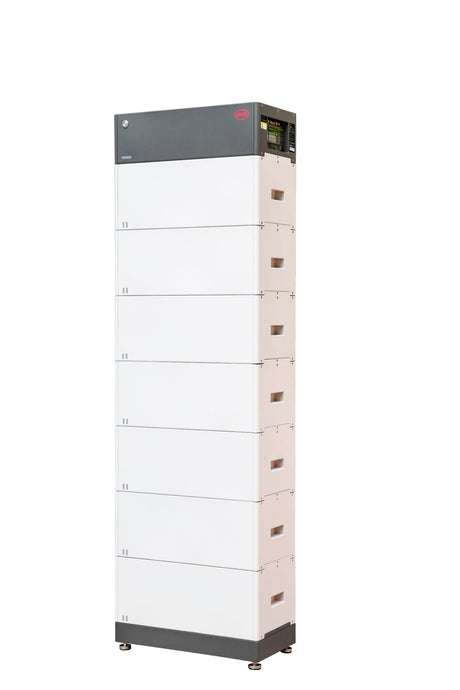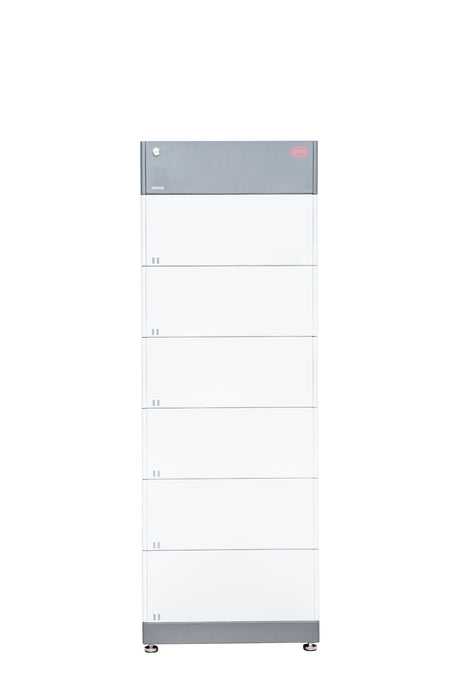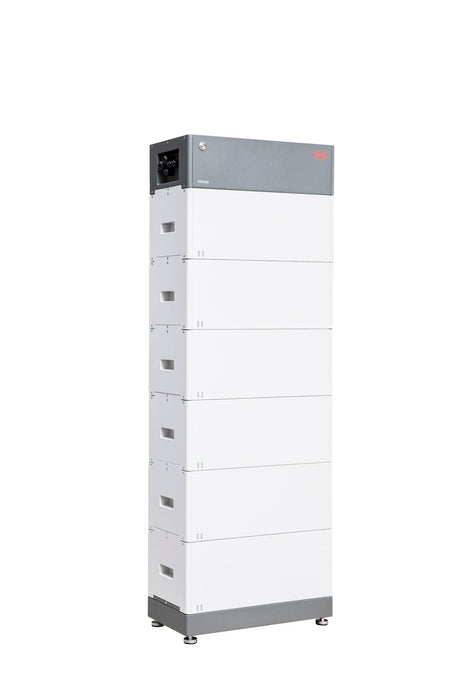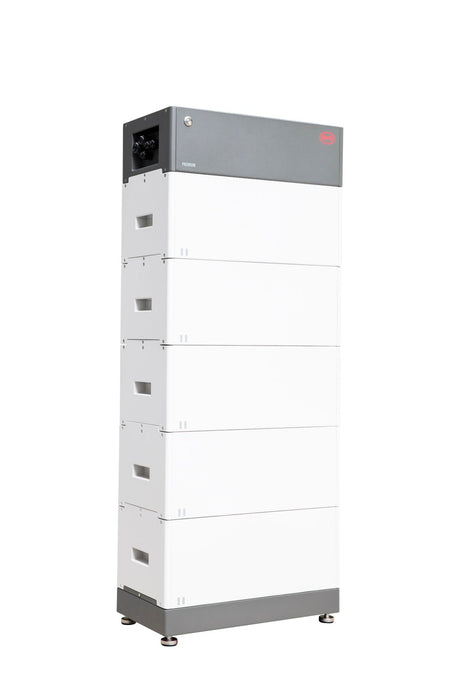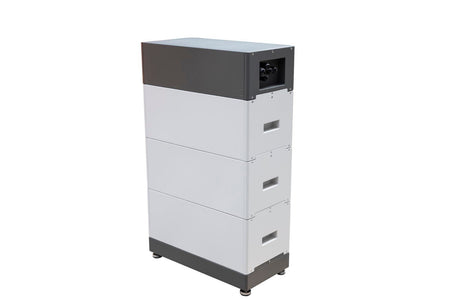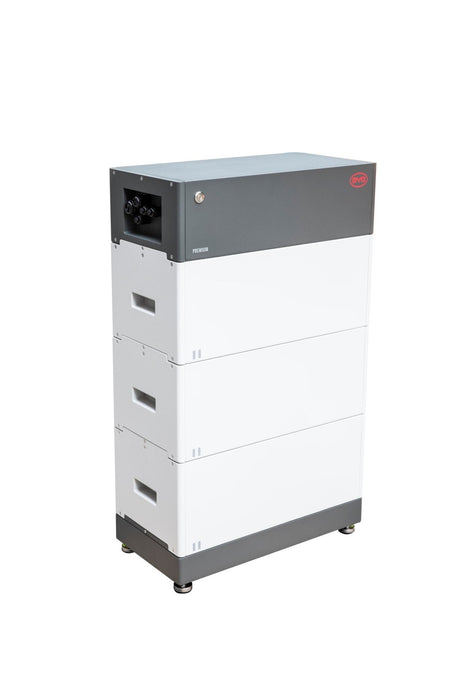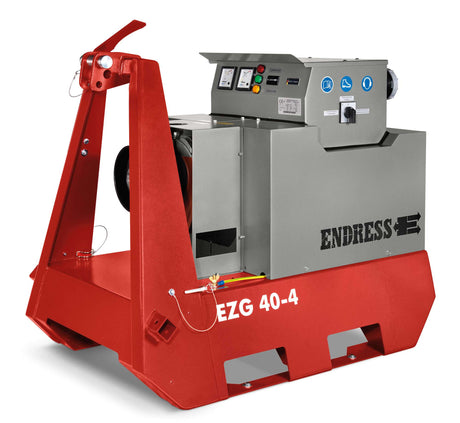BYD
BYD Battery-Box Premium HV Combiner Box HVS / HVM
Normal price Away €365,00Basic price /Not availableBYD
BYD Battery-Box Premium HVS 5.1 solar storage
Normal price Away €1.995,00Basic price /Not availableBYD
BYD Battery-Box Premium HVM 11.0 solar storage
Normal price Away €3.595,00Basic price /Not availableBYD
BYD Battery-Box Premium HVM 22.1 solar storage
Normal price Away €6.795,00Basic price /Not availableBYD
BYD Battery-Box Premium HVS 7.7 solar storage
Normal price Away €2.790,00Basic price /Not availableBYD
BYD Battery-Box Premium HVM 19.3 solar storage
Normal price Away €5.995,01Basic price /Not availableBYD
BYD Battery-Box Premium HVM 16.6 solar storage
Normal price Away €5.195,00Basic price /Not availableBYD
BYD Battery-Box Premium HVM 13.8 solar storage
Normal price Away €4.395,00Basic price /Not availableBYD
BYD Battery-Box Premium HVM 8.3 battery storage
Normal price Away €2.845,00Basic price /Not available
Interesting facts about BYD battery storage systems
Quality
Warranty and lifespan
Warranty and lifespan
When purchasing a storage system, pay attention to the manufacturer's warranty conditions. BYD solar storage systems offer a 10-year manufacturer's warranty. As a world-leading manufacturer of battery cells and storage systems, BYD is an excellent manufacturer with its own development capabilities and many years of experience.
How long is the lifespan of a BYD memory chip?
How long is the lifespan of a BYD memory chip?
BYD solar storage systems have a lifespan of 15 years or more. Lifespan is specified in cycles and is 6000 cycles for the HVS and HVM Battery Box Premium storage systems. At one cycle per day, this corresponds to approximately 16 years.
What is the difference between HVM and HVS storage?
Key features
Key features
The main difference between the BYD Battery-Box Premium HVS and the HVM lies in the number of modules, voltage level, and scalability . Both belong to the high-voltage series (HV = High Voltage), but are designed for different power requirements.
HVS = higher voltage per module , therefore fewer modules are needed , more compact.
HVM = lower voltage per module , but more flexible scaling through more modules.
HVM
HVM
BYD Battery-Box Premium HVM
- Voltage per module: approx. 51.2 V
- Number of modules per tower: 3 to 8 modules
- Capacity per system: 8.3 kWh to 22.1 kWh
- Maximum parallel connection: Up to 3 towers → max. 66.2 kWh
- Scaling increments: approx. 2.76 kWh per module
- Target group / application: Larger households, small businesses
- Module weight: approx. 38 kg
HVS
HVS
BYD Battery-Box Premium HVS
- Voltage per module: approx. 102.4 V
- Number of modules per tower: 2 to 5 modules
- Capacity per system: 5.1 kWh to 12.8 kWh
- Maximum parallel connection: Up to 3 towers → max. 38.4 kWh
- Scaling increments: approx. 2.56 kWh per module
- Target group / application: Small to medium-sized households
- Module weight: approx. 38 kg
Recommended use
Recommended use
HVS:
If you need between 5 and 13 kWh capacity, e.g. for PV + emergency power for a single-family home
HVM:
If you need more flexibility or larger storage capacities (up to 66 kWh), e.g. for apartment buildings or commercial properties

